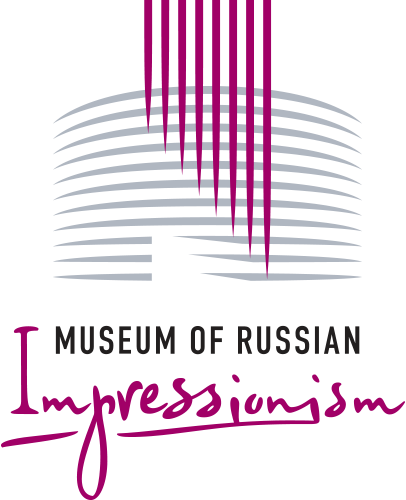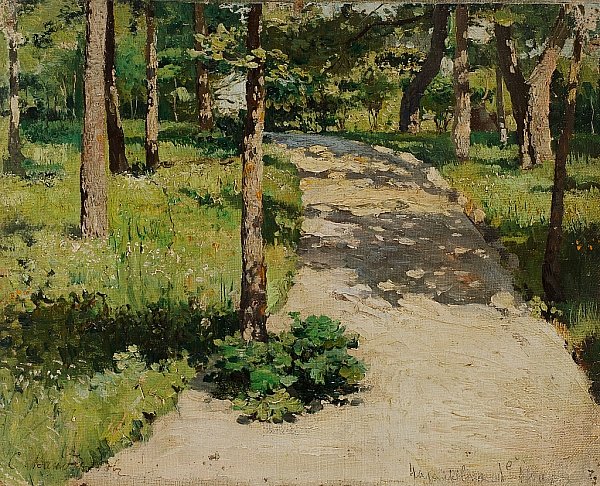Sergei Vinogradov
16.06.1869 - 05.02.1938
“A European from head to foot—not only in his appearance, but his whole nature, beginning with his views on art and ending with how he painted!” That is what Sergei Vinogradov’s friends and acquaintances had to say about the artist. Yet he had been born into the family of a clergyman in the settlement of Nekrasovskoye in the Yaroslavl Region (formerly the village of Bolshiye Soli in Kostroma Province). But he managed to acquire an excellent education: first at the Moscow school of painting, sculpture and architecture, and later at the Academy of Arts in St. Petersburg. He himself taught at the Stroganov Institute of Art for several years. A member of the intelligentsia and a first-class expert on paintings, Vinogradov‘s works were frequently exhibited - he travelled around Europe and was acquainted with well-known artists. He is even said to have discovered the work of Paul Cezanne. A pupil of Vasily Polenov and an admirer of Isaac Levitan, he took part in creating the Russian Artists’ Union; Igor Grabar wrote about the outstanding organizational qualities of Vinogradov: “His contribution is very productive (…) he can tell who is playing the fool, but talented, and who is worth nothing.” After the revolution, Vinogradov organized exhibitions of Russian art abroad. In 1923 he, together with his colleagues Konstantin Somov and Igor Grabar, left the Soviet Union to set up a show. The exhibition opened a year later in New York and then went on to several other cities in the USA and Canada. But Sergei Vinogradov never returned to post-revolutionary Russia. He settled instead in Riga, where he opened his own school of art, and painted and taught right up to his death 12 years later.




